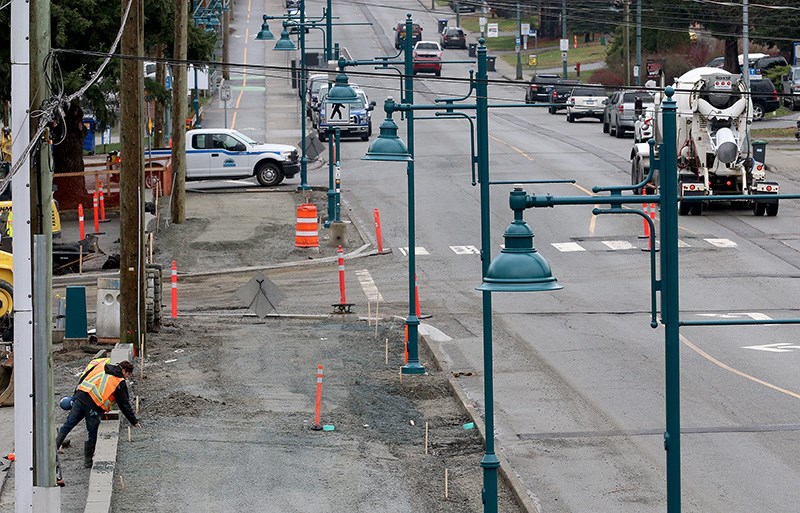An average of only 0.7% of all commutes in the Tri-Cities are by bicycle despite the fact 424 kilometres of bikeways roll through Coquitlam, Port Coquitlam and Port Moody.
That’s according to a report on the state of cycling in Metro Vancouver put together by TransLink and HUB, a cycling advocacy organization.
The study assessed the quantity and quality of cycling infrastructure in 23 communities, measured how many people regularly use the cycling network and gauged their feeling of comfort and safety. It also looked at local policies towards supporting and promoting safe cycling in those communities.
The report will make it easier for local and regional governments to expand and connect routes, said HUB’s president, Derik Wenman.
“A regional approach to cycling offers the potential to create modern cycling connections within and between municipalities,” he said.
–––––––––––
Check ot these safe places to ride in the Tri-Cities
These trails are where to cycle safely in Coquitlam and Port Coquitlam
If you built it, will they climb?
Belcarra cyclists say we live in a riding mecca
–––––––––––
While the regional cycling network has almost tripled in length — to 4,600 km — since 2009, bikeways in the Tri-Cities still represent less than 10% of the total.
Regionally, 2.3% of all commutes in 2016 were by bike, compared to 0.6% in Port Moody, 0.7% in Coquitlam and 0.8% in Port Coquitlam. PoCo's percentage is actually down from 2006 while Coquitlam's increased slightly and Port Moody's stayed steady.
Dragana Mitic, Coquitlam’s manager of transportation, engineering and public works, said the city continues to work on several gaps in its cycling infrastructure that were identified in a strategic transportation plan that was adopted almost 10 years ago and is due for an update next year.
She said the city’s efforts concentrate on building bicycle routes that “minimize the potential for cyclists’ interactions with motor vehicles.” Those include the recently completed King Albert greenway between Gatensbury and Hillcrest streets and the new multi-use path connecting Coquitlam Central transit station to the Riverview Hospital lands.
“By creating facilities that are for all ages and abilities, we will be providing options for residents to adopt cycling as a sustainable transportation option,” Mitic said, adding the city has also installed bike repair stations at the City Centre Aquatic Complex and the Poirier Sport and Leisure Complex, and provides free bike maps.
In Port Moody, a new multi-use path on the western flank of Gatensbury Street that opened last year recently received a HUB bike award for infrastructure improvement projects, and work continues on completing a new bike path along Murray Street from Electronic Avenue to Rocky Point Park.
Cyclists in the Tri-Cities are also celebrating the completion of the rebuilt Sheep Paddocks Trail through Colony Farm Regional Park. The gravel path provides a safe connection parallel to Lougheed Highway from Pitt River Road into the park, where cyclists can continue to circumnavigate most of the city along the Traboulay PoCo Trail.
Providing that feeling of safety will be key in getting even more people onto their bikes, said the HUB report, which also stated: “As the regional bikeway network continues to grow, ongoing collaboration and integration will be needed to ensure bikeways are well connected, and that travelling by bicycle within and across municipal boundaries is comfortable, seamless and intuitive.”



